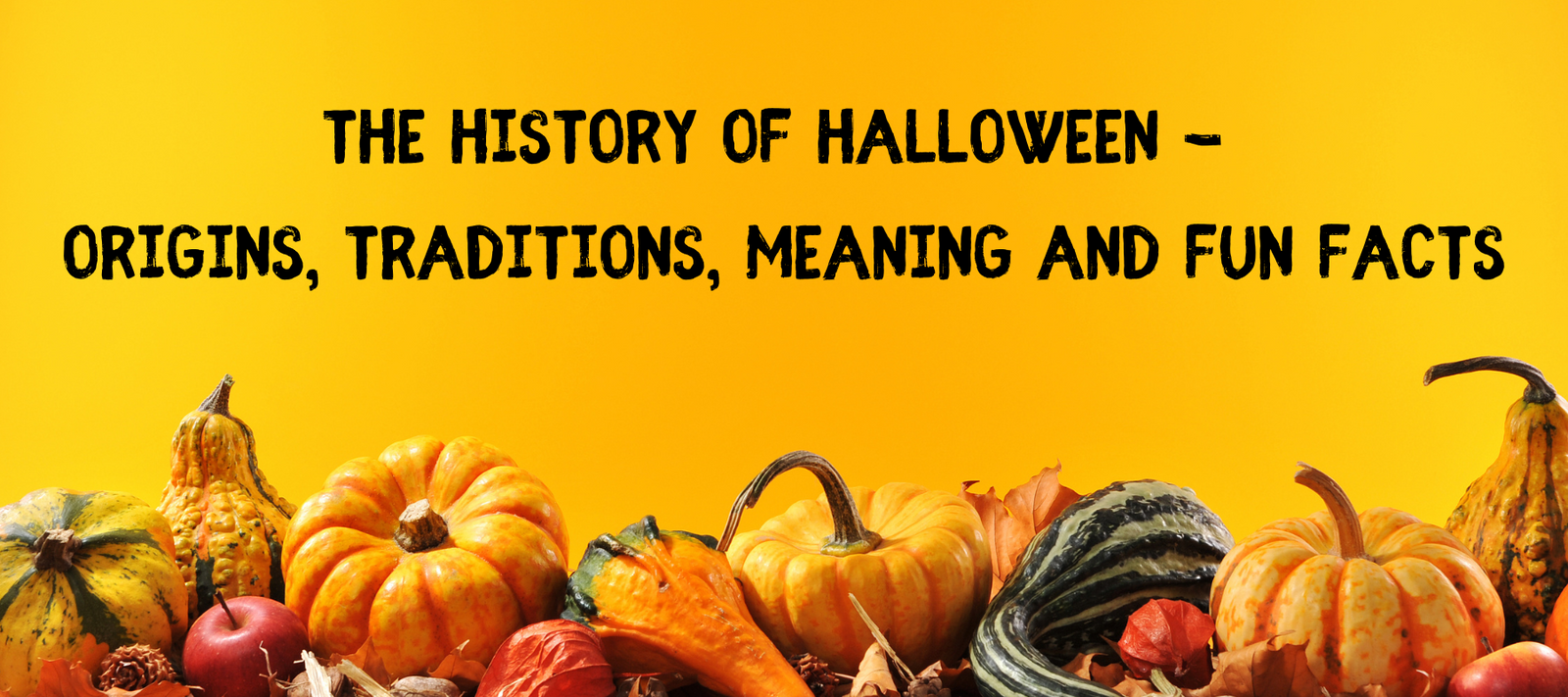
Wondering about the History of Halloween, Halloween history? Its roots go back many centuries ago. Find out more about Halloween. Read till the end.
Introduction
The spooky night of Halloween is almost here! It is the time of the year when there is so much to look forward to. There is a lot to anticipate, from planning spine-tingling parties to arranging spooky décor and doing the groundwork for trick-or-treating loved ones. The event's aura can be seen spreading across many countries globally in no time.
Regardless of your age, or your stage in life, the October Holiday does not get old. No matter how many times you have had the opportunity to celebrate the spooky day, you still do not want to miss out on the highly fantastic event. It marks a once-a-year chance for parents to enjoy their drinks while watching their children dress up for trick-or-treating and candies.
Amidst the chaos of preparing for a 'perfect' Halloween, have you wondered how exactly the event originated and what story lays behind it?
We will share the entire story behind the occasion to enhance your festivities for the day. About theHistory of Halloween, Halloween History is far older than you may realize. The wizards, witches, goblins, demons, and other supernatural stuff you associate with the day have come a long way from centuries ago. Let's dive in deeper to find out some interesting facts about Halloween.
What is the real story behind Halloween?
Halloween first started about decades ago as a religious practice. The event is celebrated every year on October 31. Rooting from the ancient Celtic festival of Samhain, when people dressed up to fend off ghosts and evil, the event is popular among people of all ages. It was thought that on the day, the deceased's souls returned to their homes. Hence, people lit bonfires and wore costumes in response to presumed thoughts.
History of Halloween - Source: National Geographic
As a result, witches, goblins, ghosts, and other terrifying supernatural elements became associated with Halloween. The Celtic mythology made the people of Ireland, Scotland, and the Isle of the Man believe that the veil between the Earth and the supernatural world dwindled during Samhain. Following this, the spirits and evil return to the world easily. Per the Mirror, people would offer food to try to be on the good side of the souls to prevent misfortune.
People often wonder about Halloween history dating back to about 2000 years ago. Initially started in what is now known as Ireland, the festival rapidly spread to other parts of the globe. However, American colonists in New England were prohibited from celebrating the holiday due to religious regulations. However, the South's countries adapted to Halloween traditions quickly.
In the 8th Century CE, Gregory III moved the holiday of All Saints Day, originally celebrated on May 13, to November 1, most likely as a Christian alternative to the celebration of Samhain. Later, the day before the saintly festival became widely known as All Hallows Eve or Halloween.
When it comes to theHalloween history facts, the story behind Halloween, and other facts associated with the day, it also marks the end of summer, harvest, and the start of the freezing winter, which causes the death of people. Moreover, the Celts believed that it would become more accessible for priests to forecast the future on this day.
Although the observance of Halloween first began as a religious norm, the festival's religious trappings vanished soon after. Now, the event is celebrated as a fun holiday, a chance to dress up and enjoy, and is particularly amusing for the children.
How did Halloween Traditions start and why?
Since the Celts held polytheistic beliefs, the holiday of Samhain involved various rituals and ceremonies in establishing a connection with the spirits. While not much is known about the celebrations, many people believe that Celts made lanterns out of gourds, ate feasts relating to the event, and wore costumes like animal hides. Here's where the history of jack-o-lantern originates.
Further, as Christianity prevailed and the pagan overtones of the celebration diminished, the basic traditions held up to the day. These traditions not only remained but also changed and modernized with time. Thus, the festival has changed over time from an ancient tradition to today's celebrative event.
Moreover, Halloween is a blend of pagan holidays and other traditions, through which the Christians tried to convert the Celts to Christianity. During the Samhain events, the spirits of the dead were believed to return to homes, and those who passed away during the year were considered journeying to the other world. On the day, they used to set bonfires on hilltops to scare away the evil and relit their lost hopes for the upcoming winter season.
In addition, the Celts dressed strangely, wore masks, and disguised themselves to stay safe from the ghosts they thought were around them, hence the association with goblins and demons. Moreover, the day was considered favorable to forecast happenings like marriage, health, and even death. By the 1800s, the fall festivals also marked the harvest and included Halloween customs. Also, the Irish immigrants escaped the catastrophic potato famine and brought various Halloween traditions that remain to date with them.
Although the practices are standard within many cultures, some Halloween customs remain intact in different countries. As time went by, the myths evolved into fun games and parties. For instance, the beliefs about the dead returning were replaced with future forecasting. For example, the Bobbing for apples became widely known among people.
Another tradition was mirror gazing, where people thought looking into the mirror might help them foresee their future. It is also believed that people would give out fortune cookie-like flavors to take refuge from the devil. Another claim is that people would write messages on paper with milk, keep them in a walnut shell, and burn them. They did so for messages to emerge magically for the recipients.
How did Halloween become an American Holiday?
Halloween or Hallowe'en, also known as All Hallows' Eve, or All Saints' Eve, is celebrated in many countries on October 31, the eve of the Western Christian feast of All Hallows' Day. On this occasion, the Christians honor saints and pray for recently departed souls.Halloween indoor decorations usually reflect the practices.
Halloween is a popular holiday in America today, but it almost didn't make it across the Atlantic. The Puritans disapproved of the holiday's pagan roots, so they did not participate in its celebrations. It was not until after mass Irish and Scottish immigration in the 19th century, following the Irish potato famine, that Halloween became a major holiday in America. Most of the holiday's traditions were inherited from the Irish and Scots. Originally confined to these immigrant communities, it gradually assimilated into mainstream society by the early twentieth century.
The very first American colonial Halloween celebrations featured large public parties to commemorate the upcoming harvest, telling ghost stories, singing, and dancing.
In Ireland and Scotland, the turnip was traditionally carved during Halloween. Still, immigrants to North America used the pumpkin, which is much softer and more prominent, making it easier to cut than a turnip. The American tradition of carving pumpkins become associated with Halloween by the mid-to-late 19th century.
In Scotland and Ireland, guising – children dressing up in costumes – is a traditional Halloween costume. Guising in America was first recorded in 1911, when a newspaper in Kingston, Ontario, Canada, reported children going "guising" around the neighborhood.
American historian Ruth Edna Kelley wrote her first book-length history of Halloween in the US; The Book of Hallowe'en (1919). In her book, Kelley talks about customs that arrived across the Atlantic; "Americans have fostered them, and are making this an occasion something like what it must have been in its best days overseas. All Halloween customs in the United States are borrowed directly or adapted from those of other countries".
The first official citywide Halloween celebration in America occurred in Anoka, Minnesota, in 1921. The Halloween postcards produced between the turn of the 20th century and the 1920s commonly show children but not trick-or-treating. Trick-or-treating became widespread in North America during the 1930s, with the first US appearance of the term in 1934 and the first use in a national publication occurring in 1939.
History of Halloween Costumes and Trick-or-treating
The tradition of trick-or-treating became popular among the folks of the United States in the 20th century. It happened when the Irish and the Scottish people brought back the 'guising' custom of the old times. In this, people would disguise and wear different costumes to tell jokes, recite poems, and do tricks on other people for a little treat.
In the mid-1950s, trick-or-treating became one of the most famous traditions of Halloween. Halloween is the most significant festival in the United States, with candy sales of around $2.5 billion yearly.
Furthermore, it was rumored that people would dress up as saints and read poetry from door to door. Kids would also knock on doors and ask people for soul cakes (originated from the All-Souls' Day) and biscuits. As the concept of trick-or-treating had started already, this practice became a tradition for Halloween. By 1900, the idea had evolved and became popular in the US in which families would give treats to kids so that they were not subject to any holiday pranks.
Regarding the costumes, they evolved significantly as well. Although they began by disguising themselves as saints (an attempt to pay heartfelt tributes to them), this custom lost popularity among the folks in no time. That is when the Irish and the Scottish people brought about the idea of dressing up in a spooky and spine-tingling attire as a method of scaring away the unaware neighbors. In no time, the Halloween costumes became terrifying, eerie, funny, and inventive, all at once.

Halloween costumes in the early 20th Century- Source: history.com
By the end of 1800, there was a movement among the people of the US to change the Halloween celebrations from an event relating to ghosts, goblins, and demons, to a celebration of neighborhood and community gatherings.
Then, the Halloween parties became a famous way for kids and adults to commemorate the day. The festival, then, became centered on different games, seasonal delicacies, and festive costumes. Probably this is even where most of the uniqueChristmas Holiday Ideas root from. As a result of the US movement, the newspaper and agencies urged parents to remove any 'scary' essence from Halloween festivities. By the start of the 20th century, Halloween had lost most of its religious connotations and superstitions and had become more of a fun and games event.
What are common gift types on Halloween?
The trick-or-treat tradition of Halloween serves as a great reason to distribute gifts among children and adults, particularly your loved ones, to make them feel special. For instance, coming up withunique Halloween gifts for your best friends, family, and neighbors, is an excellent way to convey your love to them, and show them that you care. Other than just candies, there are many unique gift ideas for Halloween that have the potential to make someone’s day.
Besides petrifying gifts, you might grab a frightening card game or some creepy kitchenware for a spine-tingling Halloween party at your place. Doing so will make your party enjoyable yet help you creep out your visitors for fun. If you choose some spookyHalloween Outdoor Decorations, you may successfully make the most out of your festival, creating a creepy environment at your place. Or, you might as well want a trick-free Halloween full of treats for your loved ones and tokens of your love for them. That is no big deal either. From spooky costumes to some spine-chilling kitchenware, you may find it all. Unique Halloween gifts run the game for you and help you enjoy your Halloween every year. Some of these are small cheer-ups for kids, thrilling them on Halloween.
The best gift ideas on Halloween may be a treat bag or a frightening basket filled with treats. Other ideas may be entertaining Halloween crafts or decorations that children might proudly display throughout the month. When gifting infants and toddlers on Halloween, creepy and funny stuffed toys are the best options that amuse them without terrifying them much.
However, tweens or teens prefer challenging games, gifts, and activities, cultivating the potential to fright them away. For instance, strategy-based board games that are Halloween-themed or have spooky elements may best serve their interests. Adults are over the animated ghosts and black cats' fear. Hence, you must come up with great ideas to thrill them, if not scare them away.
The most fantastic gift ideas for adults may include Halloween-themed wine labels, spooky candles, cute yet frightening dishes, terrifying garden flags, and so on. However, if you wish to go the extra mile to please the important people in your life, you might need a more customized approach to let them know their worth in your life. Check outUnifury for some unique yet personalized Halloween gift ideas to show your love to your mates while keeping the essence of Halloween alive.
10 Fun Halloween Facts You Didn't Know
Halloween is here, the time for pumpkin carving and trick-or-treating children. Since you are about to find out about Halloween,why is Halloween spooky, the origin of Halloween, and other questions that pop up in your mind? We have jotted down 10 facts about Halloween for you:
The name 'Halloween' is derived from 'Holy Evening.'
Although you have been celebrating the event for years, did you know that Halloween is an abbreviation? We have unwound the fact for you. Also referred to as the All-Saints' Eve, the name Halloween has come from the Scottish term 'All-Hallows Eve.'

Halloween Has its roots in ancient Celtic Celebrations
It is believed that Halloween originated from the old harvest festival of Samhain by the Celtic people. They thought evil spirits returned to their homes at night and lit bonfires to fend them away. Also, they disguised themselves, i.e., wore masks and costumes not to be recognized by the evil wandering spirits. While the heart's spirits warded off, the ancestors were welcomed home. A bonfire would start with the murdered animals' bones, and food was made for the life and the dead.

"Jack-o'-lantern" originates from Irish Stingy Jack and not Pumpkins.
The most famous image you associate with Halloween is undoubtedly the jack-o'-lantern. Traditionally, it is made up of Halloween pumpkin carving and lighting it up from the inside (creepy, right?). However, the story is different in reality, and the first jack-o-lantern was carved out of turnips. Jack-o-lanterns are named after Jack, an Irish legend who convinced the devil to turn into a coin.

Trick-or-treating started from 'Souling.'
Do you see children knocking from door to door searching for treats and candies on Halloween? You do, of course, since it is the most popular Halloween event. The tradition, however, roots back in the customs of Samhain. Here's the real story behind it; souling grew wide as the Catholic Church replaced pagan festivities, where underprivileged people visited homes dressed up as evil spirits to accept food in exchange for prayers.

Some Halloween Rituals for Finding a Husband
Well, it sounds a little extra, but yes, the Halloween occasion was perfect for single ladies to find their romantic match. Women used to throw apple peels on their shoulders to see their future husband's initials in the pattern. And when they bobbed for apples, the winner would marry first. Sometimes they also stand in a dark room, holding a candle in front of a mirror to see their husband's face in the mirror.

Candy Corn was Called "Chicken feed."
Many Halloween-obsessed personalities would argue that candy corn tastes like chicken feed, but that's not the reason behind its original name. George Renninger gave the original word and sold it to the Jelly Belly Co. The story behind its chicken feed name is that we used to feed chickens, and that creation was called "chicken feed."

Century Immigrants Popularized Halloween in the US
Despite the Colonial New England era awareness of Halloween, History tells us that the celebration of Halloween was minimal due to their strict protestant beliefs. The celebrations were the same until the middle of the 19th century. In the 19th century, Irish and other migrants arrived, and the Halloween holiday became widespread across America.

History of Michael Myers Mask on Halloween
The costume from a 1978 film is not for terrifying anyone. The back story is revealed by the New York Times that the production designer Tommy Lee Wallace found a mask of William Shatner as Captain Kirk in Star Trek, and he was inspired by it. The crew sprayed white paint to create a look we are familiar with!

Fastest Pumpkin Carving took 16.47 Seconds Only
Carving pumpkin is a favorite activity for many; however, do you know the one who made the Guinness World Record in 2013? New York's Stephen Clarke holds the World Record for having a speedy Lantern on Halloween. He completed this masterpiece within 16.47 seconds. For qualifying this round, the pumpkin had to have eyes, nose, ears, and mouth.

Night Before Halloween is called Goosy Nights in some places
For those who've spent some time on the East Coast and the Midwest, this news might not be new for them since, on October 30, many teens and tweens pull pranks. However, from toilet papering the trees outside houses, egging cars, and some more dangerous capers. This tradition hasn't reached the West Coast yet.

How Halloween Is Celebrated Today
Driven from ancient Celtic cultures and religious festivities, the holiday of Halloween is still enthusiastically celebrated in most parts of the world. Particularly in countries like the US, UK, Mexico, and Ireland, people commemorate the day energetically. However, the festivities of Halloween could not reach across the Atlantic since the Puritans refused to accept the pagan roots.
Regardless, Halloween made its way to most parts of the globe and is widely celebrated on October 31. On All Hallow's Eve, candy-loving people honor the ancient festivities and the old traditions. They dress up in different spooky costumes, carve pumpkins, carry out bonfires, fortune-telling, and other activities, but predominantly for fun now.
The day also marks the end of the harvest or the beginning of the new year for Wiccans. It is also believed that this time of the year is when the boundary between this world and the supernatural world is the thinnest, allowing easy access for ghosts, the devil to step in, and the evil spirits to return to their homes. For this reason, Halloween is believed to be the potential time for forecasting the future. However, Halloween has changed form and modernized with time. From solely practicing religious rituals to enjoying quality time with loved ones, the occasion has come a long way. Modern celebrations of Halloween, though, incorporate old traditions yet have transformed it into a fun event, gathering neighbors and loved ones and giving them Christmas gifts.
Although the main events that reflect the true essence of Halloween include trick-or-treating, costume parties, and spooky yet fun games, in parts of the world other than the US, bonfires, and fireworks are also chief components of the day. After the children are done trick-or-treating, they visit their neighbors and loved ones for Halloween and costume parties. There, they play apple-bobbing and card games to enjoy the feast. In Latin America, the celebration is based mainly on the honor of the dead that are believed to return to their homes. Many families create an altar for the ones who have passed and fill them with treats, flowers, and the person's favorite beverages.
Read more:
When Should You Start Decorating For Halloween Every Year?
Final Thoughts
Today, Americans and other people around the globe all celebrate Halloween joyously. Officially known to have started in the 8th century, the event still holds great significance. However, when it comes to thehistory of Halloween, Halloween history has been forgotten by many, most of whom never found it out in the first place. At present, the event is more like a chance to trick-or-treat children and wear spooky costumes to frighten the people close to the heart (as a joke). Originated as a spooky event, it is now full of fun and mischief, thanks to the people who kept the tradition going!


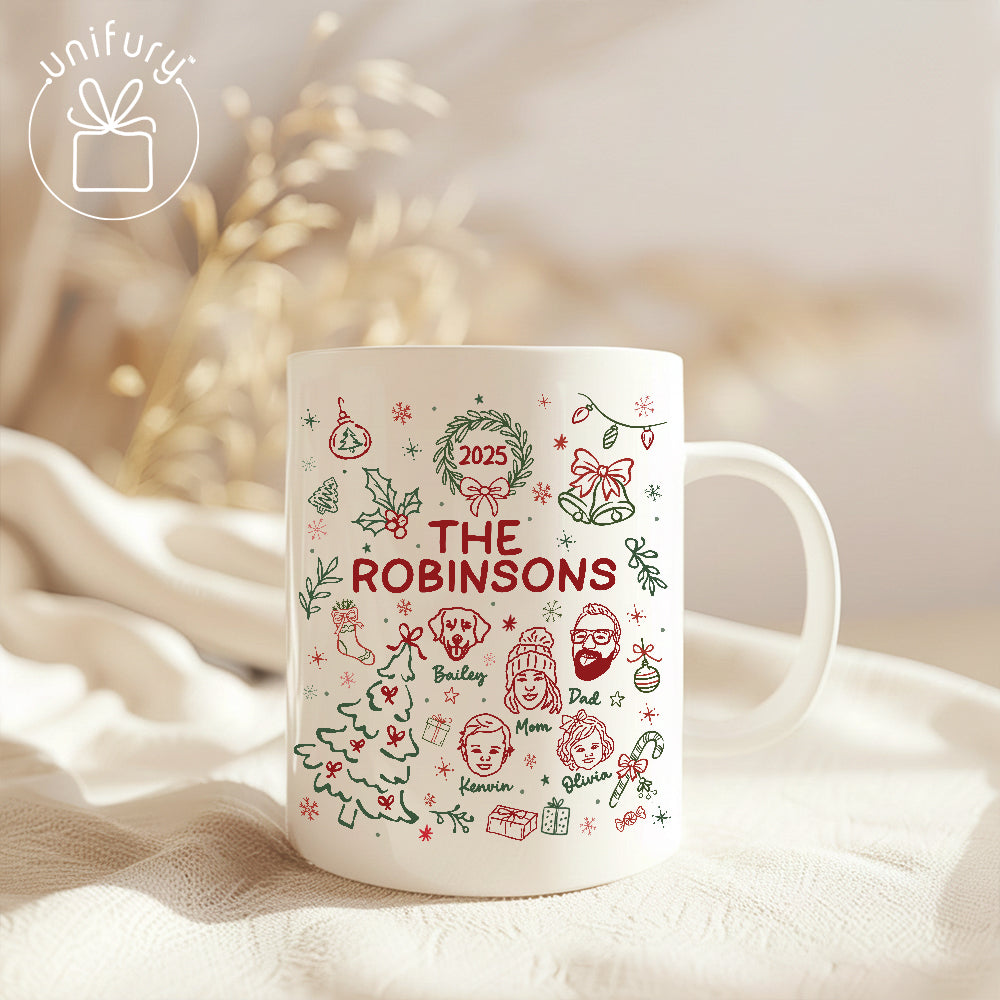
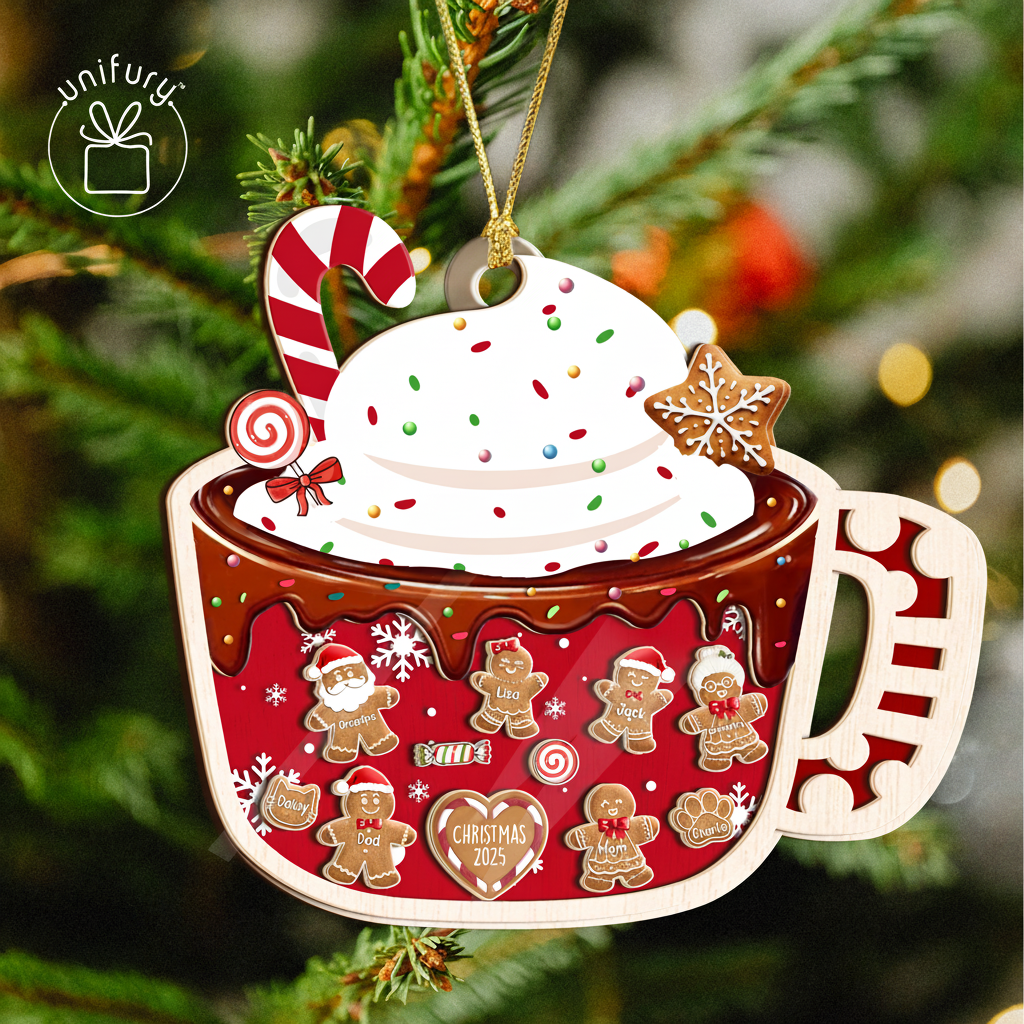

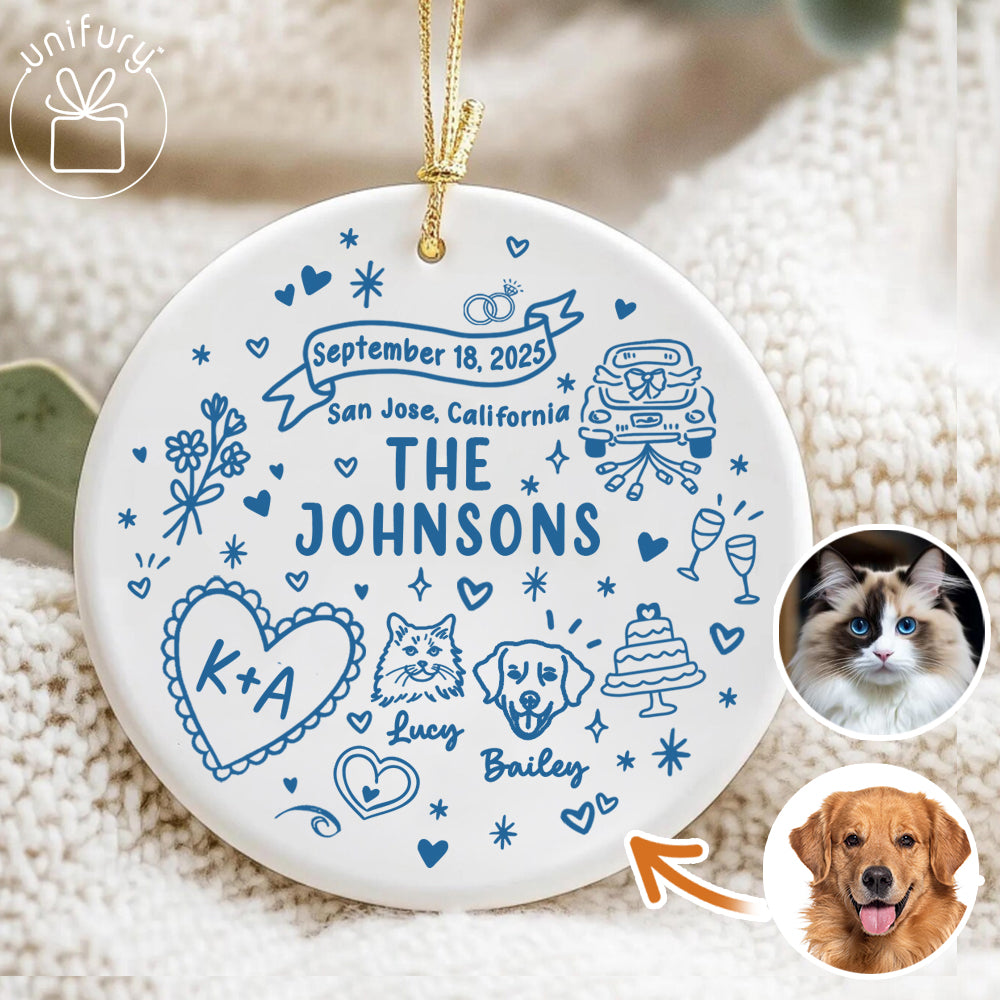
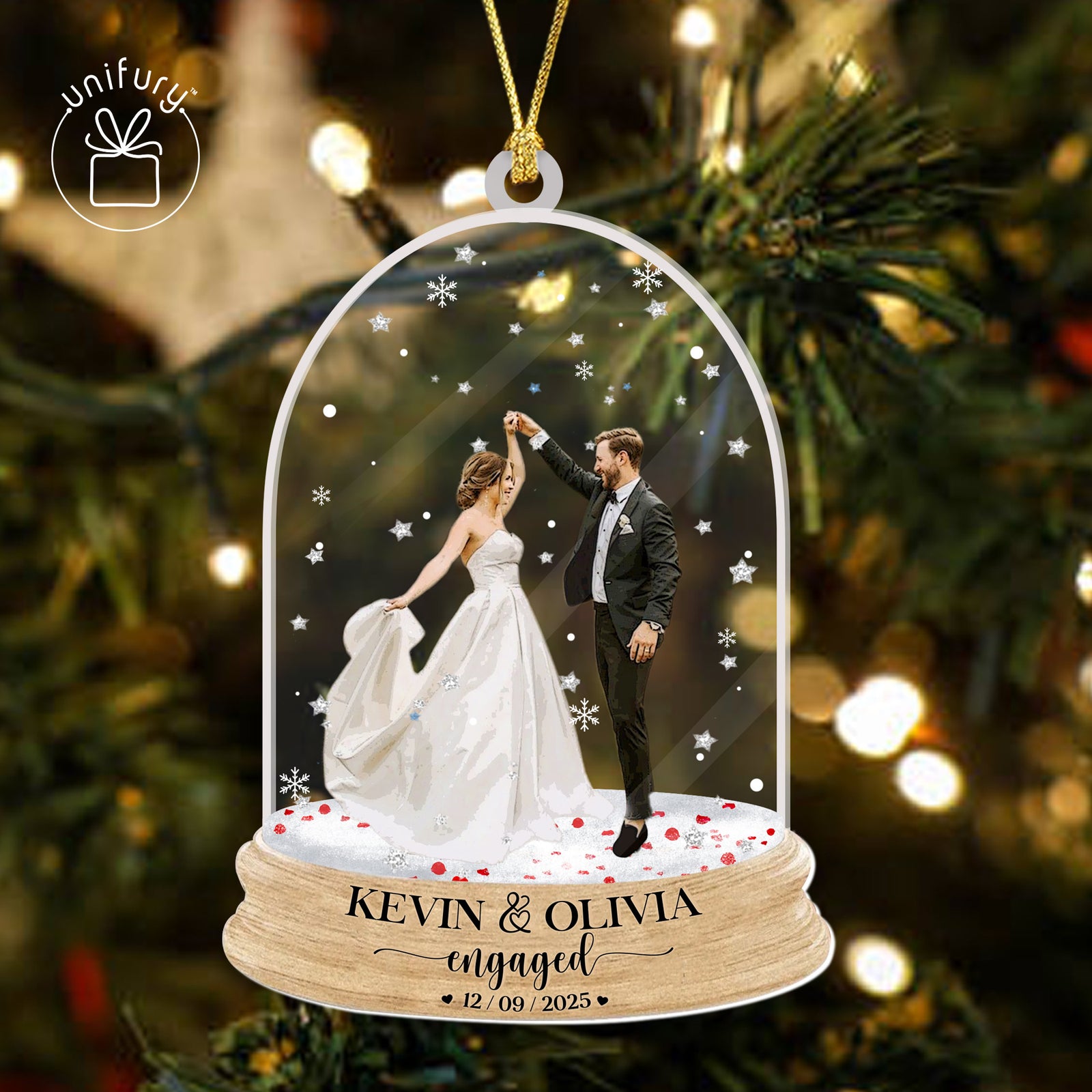
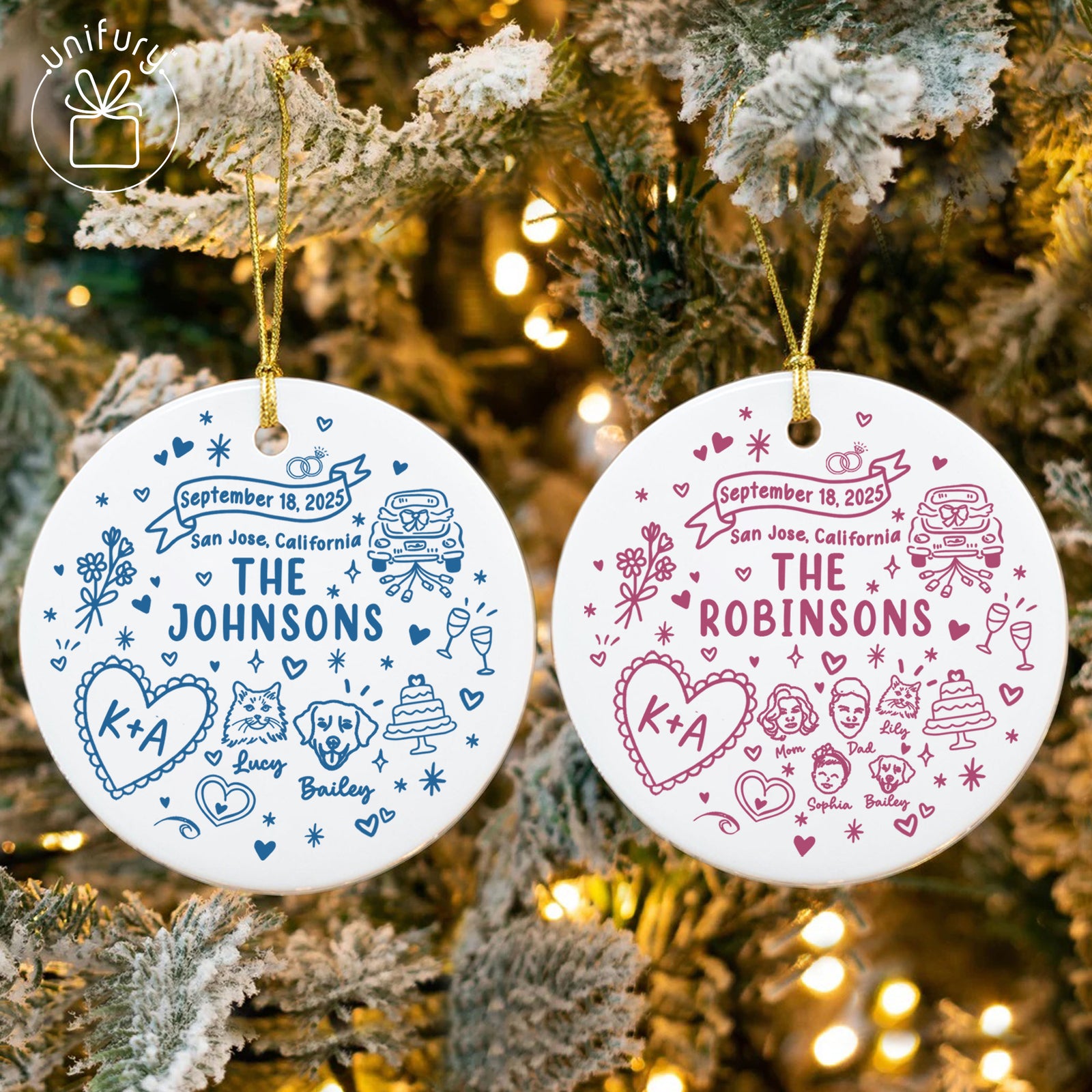
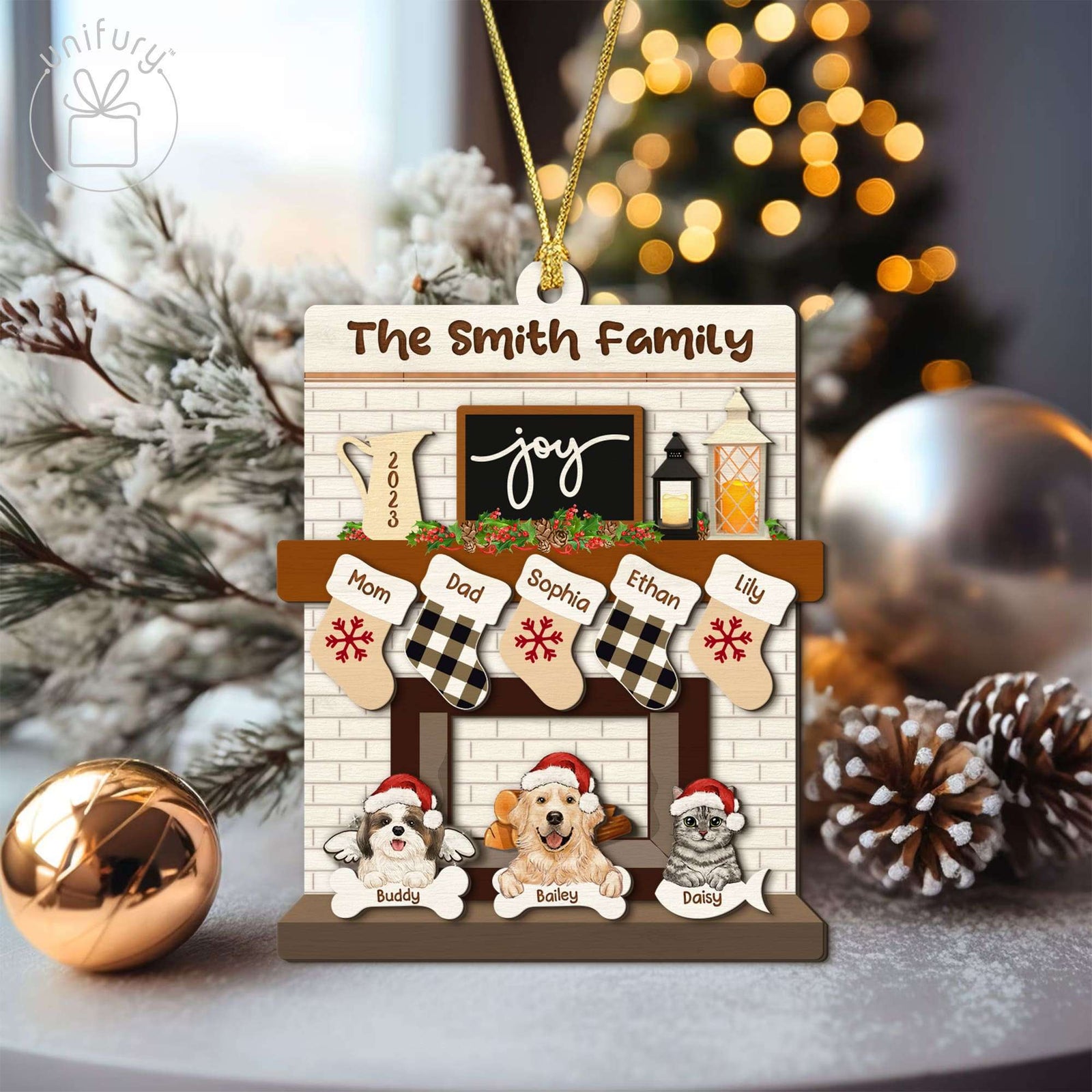
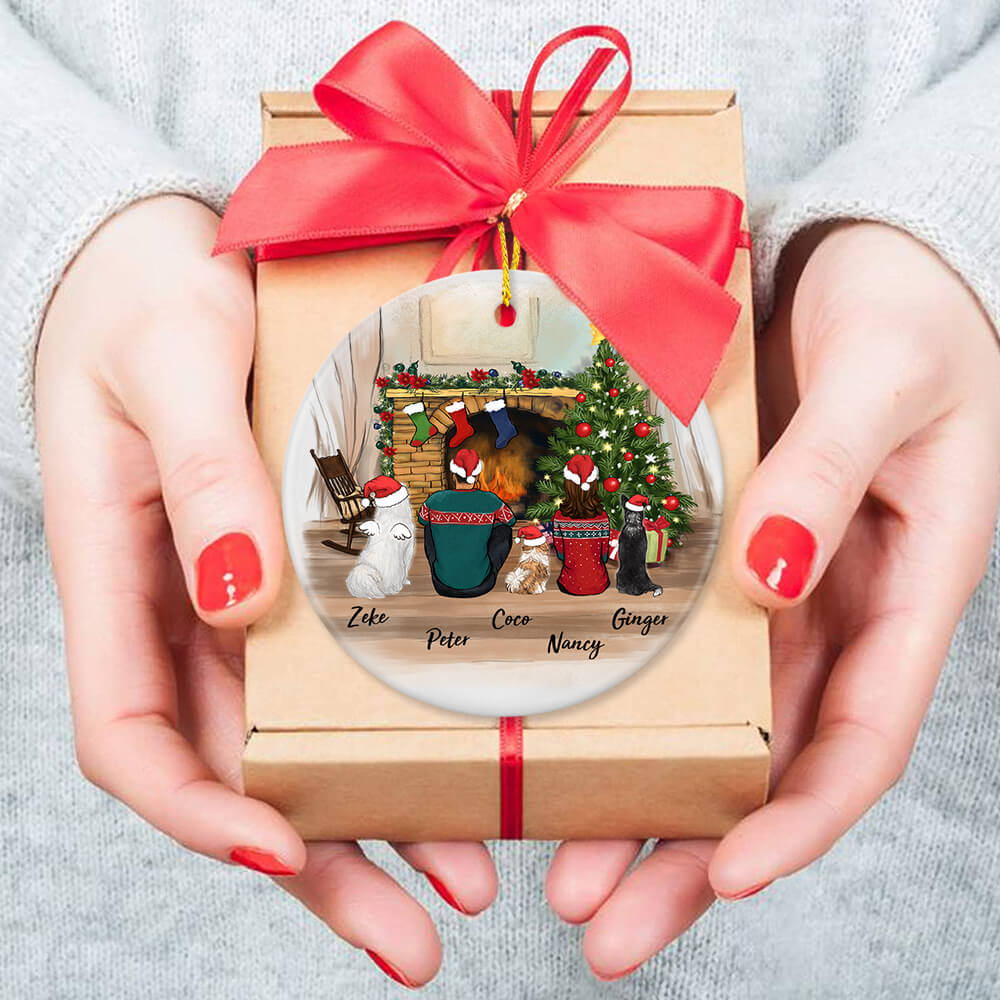
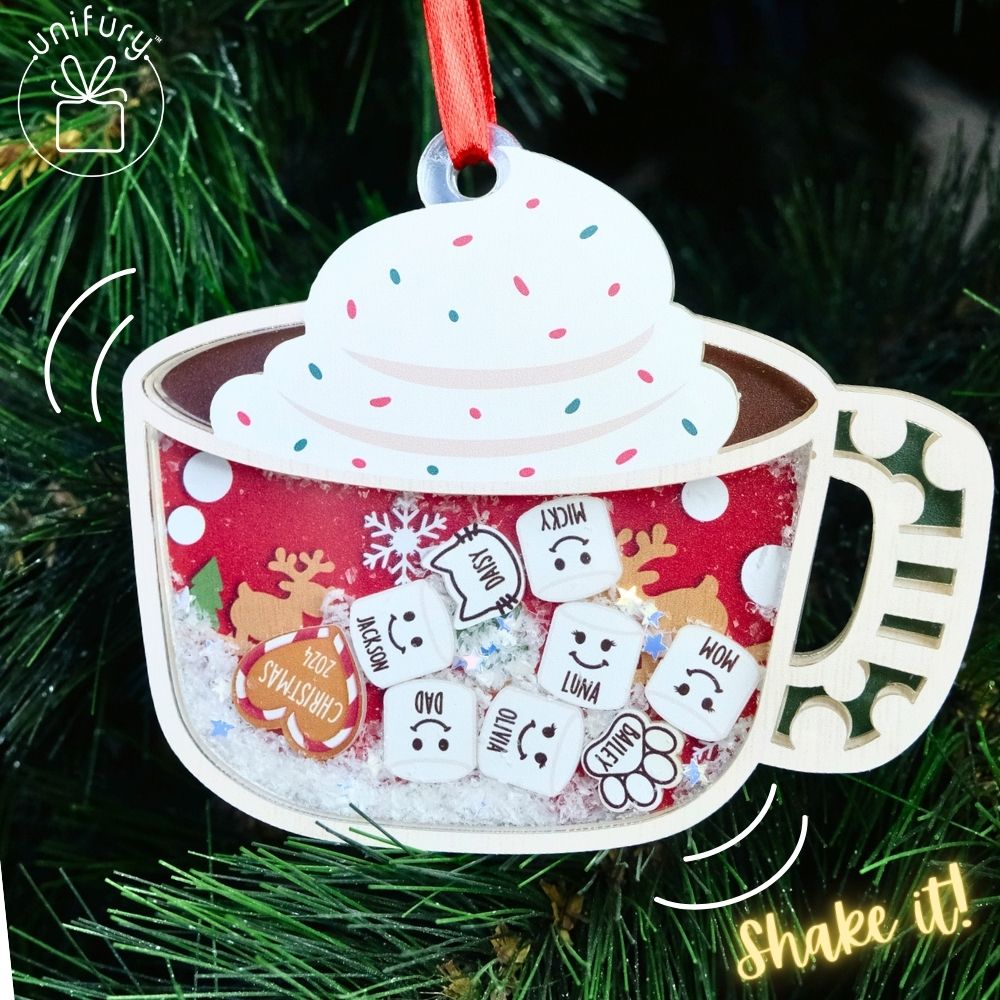
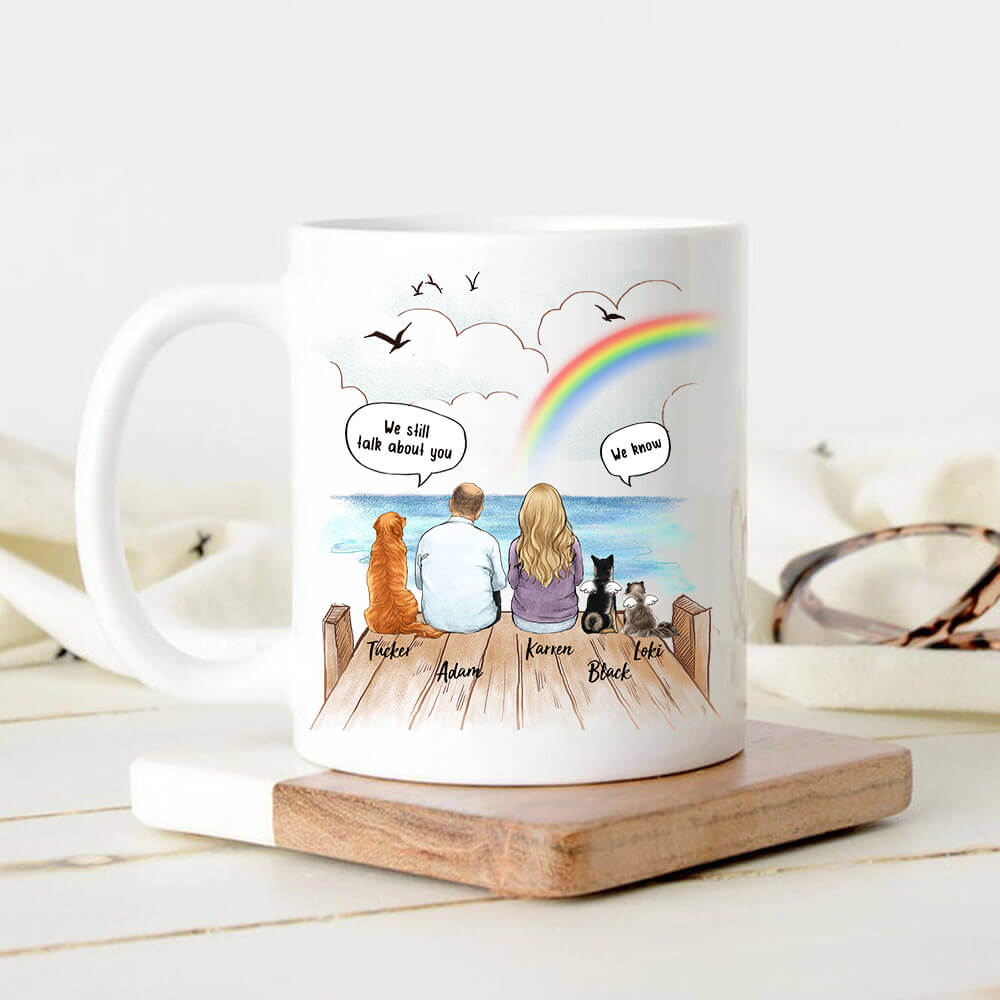
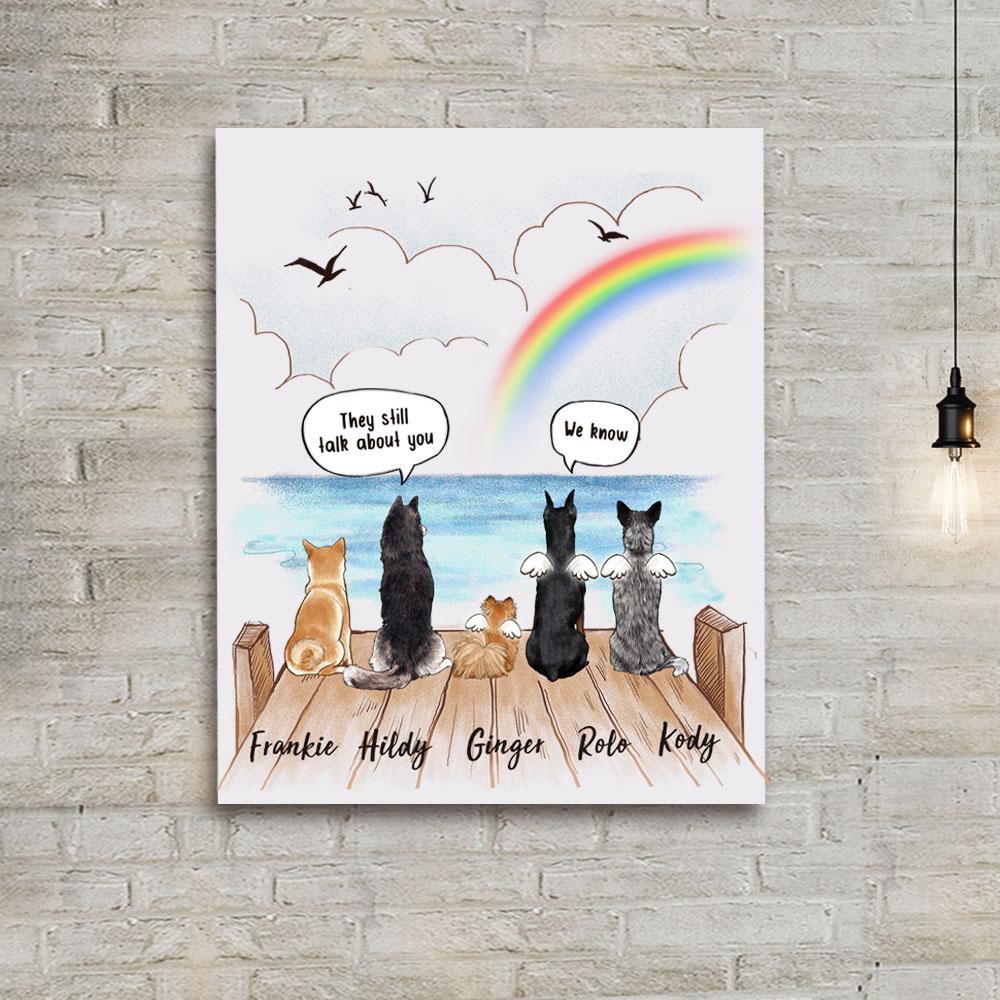

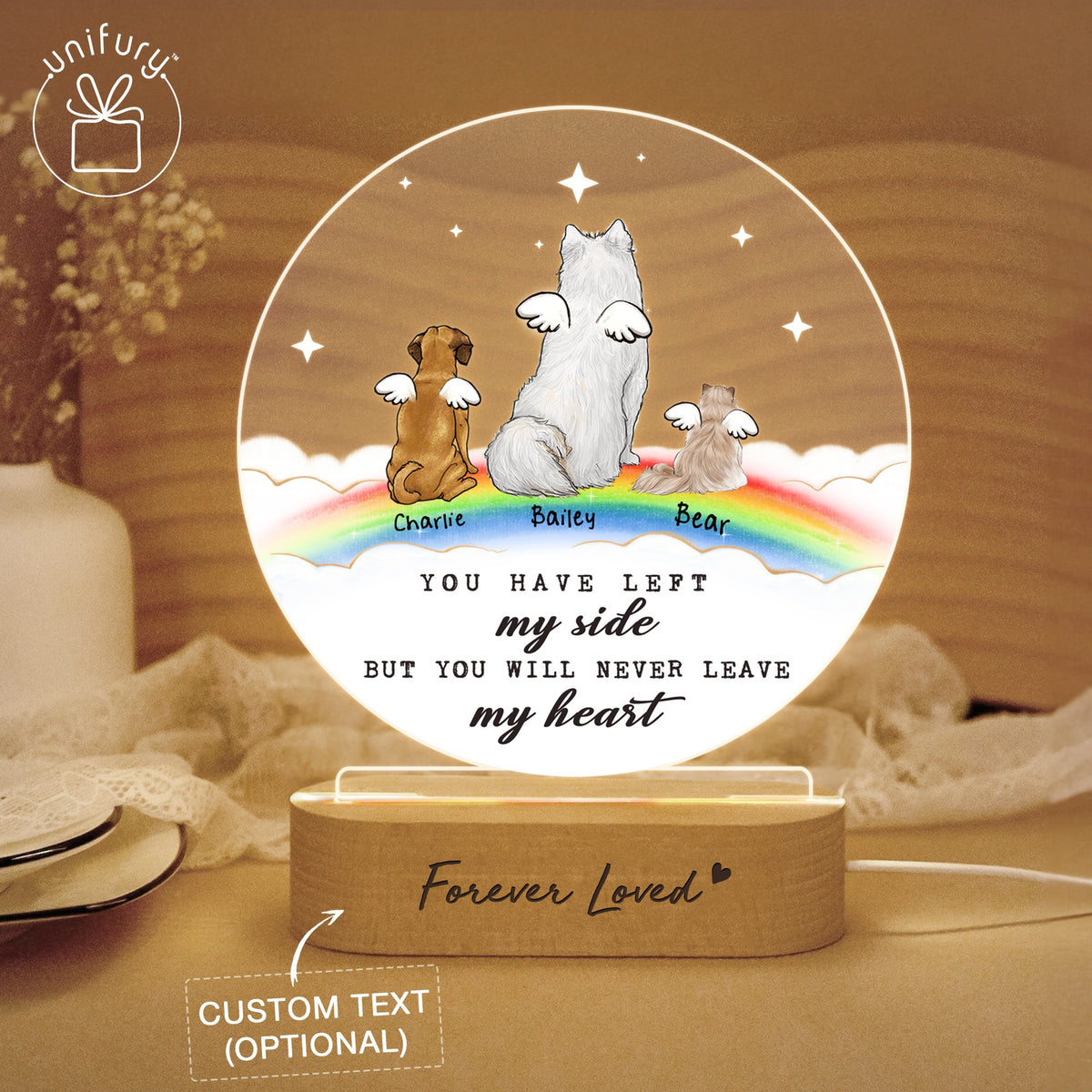



Leave a comment